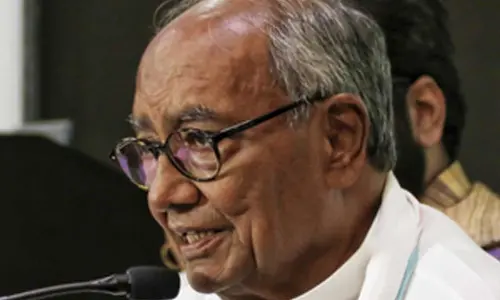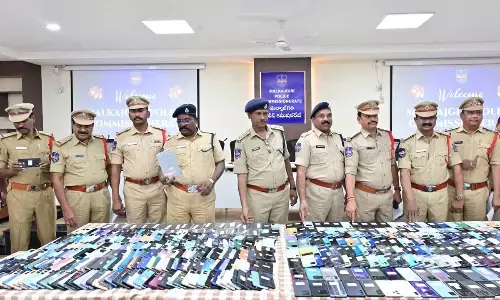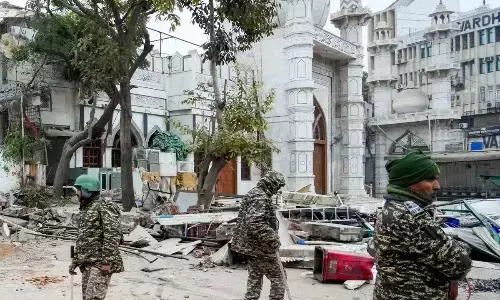Money laundering is a Big Threat to Indian Online Gaming and Digital Economy: Digital India Foundation

- India’s illegal gambling and betting market worth USD 100 billion annually
- Use of international online betting sites for money laundering and terror financing has become a key trend in cybercrime
- Report highlights how in-game currencies, cryptocurrencies and offshore illegal betting platforms are being used for money laundering
- Offers clear recommendations to protect India’s digital economy and strengthen national security
- Recommendations include dedicated task force for illegal operators, whitelists of operators, strengthening KYC practices, combating misleading advertisements and incorporating principles of financial integrity
The fast-growing Indian online gaming sector faces a significant threat from money laundering, necessitating urgent and definite steps to ensure its sustained success and also protect India’s digital economy, according to a report released today by the Digital India Foundation, a not-for-profit think-tank fostering digital inclusion and development. The essential measures to be taken are a dedicated task force for illegal operators and the creation of a whitelist of legal operators; combating misleading advertisements; and incorporating principles of financial integrity and international cooperation among others.
The report, titled ‘Combating Money Laundering in Online Gaming Ecosystem’, has been created after numerous in-depth discussions with experts, stakeholders and its contributors include high- ranking government officials, scientists, academicians and experts from gaming, public policy, cybersecurity and investigations and Artificial Intelligence.
The report notes the dynamic Indian Real Money Gaming (RMG) sector has become a key player in the global market with a CAGR of 28% from FY20 to FY23 and its projected revenue is set to reach USD 7.5 billion within next five years. A gaming community of millions of gamers is driving this immense growth while also creating employment opportunities in ancillary sectors like fintech, cloud services, and cyber-security.
However, the report’s extensive research and consultation has shown that there are several challenges in the sector, such as issues of financial integrity, cybersecurity, and user protection, that can impede progress. The severity of these challenges is underscored by the fact that the illegal betting market in India attracts over USD 100 billion in deposits annually.
Arvind Gupta, the Head and Co-Founder of Digital India Foundation said, “Given its high rate of growth, robust contribution to government revenues and millions of users, it is critical to take urgent action against money laundering that is impacting this sunrise industry. Despite ongoing regulatory efforts to curb illegal operators, many platforms circumvent restrictions through mirror sites, illegal branding and disproportionate promises, highlighting the pressing need for stronger oversight and enforcement. With over 400 homegrown start-ups and 100 million daily online gamers, including 90 million who pay to play, the sector employs directly and indirectly approximately one lakh individuals, with the potential to create 250,000 jobs by 2025. This report has come at the right time to chart the way forward.”
The comprehensive report is divided into two parts with Part I providing an analysis of the potential mechanisms of money laundering and Part II highlighting critical vulnerabilities. Both sections provide clear recommendations and mitigation strategies.
The report has highlighted how the operators are using methods like sophisticated in-game currencies, exaggerated advertisements to attract and defraud users and cryptocurrencies to channelise money laundering via online gaming and has listed specific recommendations to curb them.
The report in detail also explains that the RMG sector, despite adhering to compliance measures, exhibits gaps that may increase its vulnerabilities and has provided detailed recommendations for each of these risk areas.















